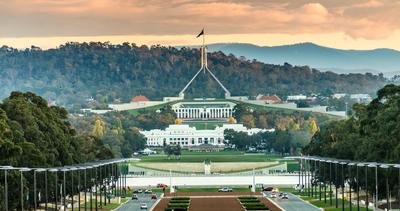Lamb Sales Prices Ease In Past Week, Continuing 12 Month Trend
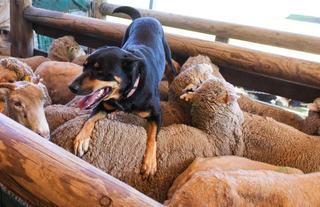

... But Market Remains In Positive Territory
Re-stocker lamb prices have eased considerably from last week to 804.82 cents/kg cwt – a 48-cent drop week-on-week, according to Meat & Livestock Australia’s weekly sheep market wrap published May 4.
However, price vary widely depending on region. The industry research, development and marketing body reports that Forbes is still offering a premium of 198 cents on the national average while the largest contributor, Hamilton, traded 28 cents below the average.
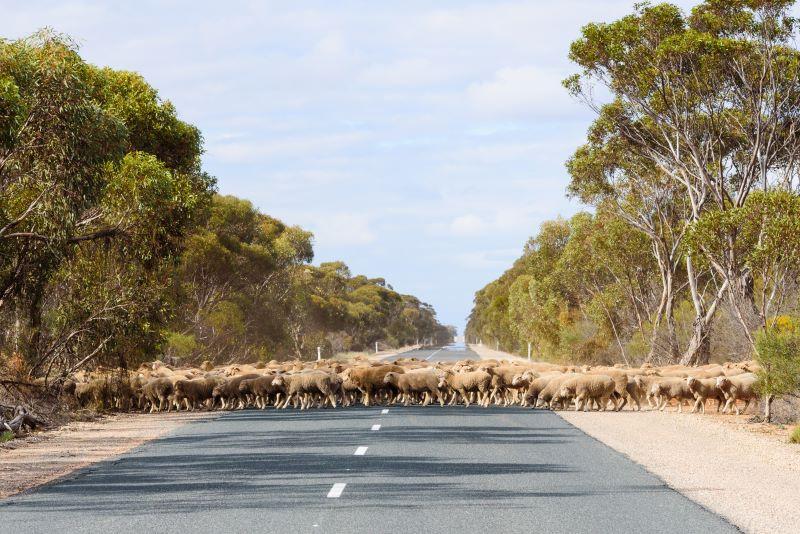
Varied rain across the country and mixed quality in the lambs is influencing re-stocker intentions, MLA suggests.
Light lamb prices have been volatile in the past few weeks, having been easing since December last year. At the end of last week, the price hit 749.06 cents/kg cwt – only five cents higher than the low reached in the middle of April, it says.
In encouraging news, MLA points out that prices have since bounced back to 795.2 cents/kg cwt, with Forbes trading at a 75-cent premium to the national average.
“Even though Forbes is showing a softer yarding week-on-week, the quality improved slightly with extra heavy lamb prices lifting and pressure from re-stockers with the recent rains pushing up prices,” the industry body adds.
Longer Term Price Trends
Looking beyond weekly movements, MLA notes that national trade lamb prices have been easing since August last year, when they hit a record high of 951.02 cents/kg cwt. They hit their lowest price since October 2018 at the beginning of last month, when they dropped to 765.8 cents /kg cwt. Since then, prices have remained quite volatile, it says.
Within individual states, prices have been jumping around for some time, MLA points out.
“SA prices have been volatile since the beginning of the year, jumping from week to week depending on what sale is going ahead. This week, Naracoorte has been trading at a 28-cent premium on the state average, while the SA Livestock Exchange has been trading under the state average by 34 cents. With both saleyards having similar throughput, this fluctuation in price can impact the state averages significantly,” it says.
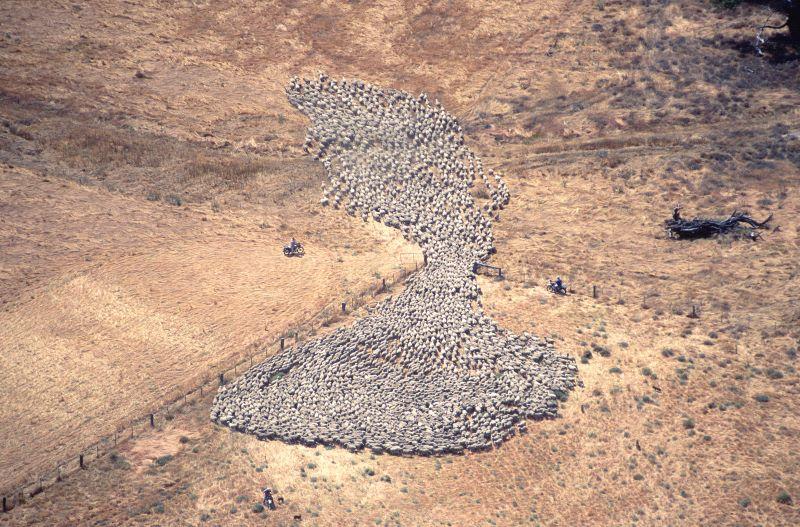
Meanwhile, MLA says WA prices have softened considerably since the beginning of the year, with trade lamb prices currently at 603 cents/kg cwt, a 23 per cent or 182-cent discount to average daily prices year-on-year.
Trade lamb prices in both WA and SA have been operating under the national average, it says, with the average trade lamb price in WA being 175 cents under the national average.
“Throughput for these states have been extremely low for trade lambs, which has caused the greater volatility in the indicator. This was especially felt throughout April, with the public holidays resulting in softer yardings as expected,” MLA notes.
Impact Of Quality And Buying Regions
MLA says quality and buying regions have greatly influenced lamb prices.
“Mixed qualities and varied rainfall experienced recently have impacted yardings and the ability for the lambs to meet trade lamb specifications.
“Forward contracts continue to deliver large volumes for processors, while saleyards are being utilised for most processors as an avenue to access the remaining numbers to fill orders.

“Important to also note is that there has been a stronger demand for trade lambs in the Central West and Southern Slopes of New South Wales. CTLX Carcoar, Forbes, Dubbo and Cowra have consistently operated at a premium to the national price, accounting for 27 per cent of total trade lamb yardings nationally,” the industry body says.
Heavy Lambs
Heavy lamb yardings nationally have been six times greater than the current trade lamb yardings, highlighting the softening in throughput, MLA notes.
It suggests good rainfall in key producing areas and higher prices for heavy lambs at the end of 2021 and the beginning of 2022 has incentivised producers to put on more weight at a cheaper price with more feed on the ground.
Tight seasonal supply and the lack of demand from processors has also caused the prices for trade lambs to ease, MLA adds.
Looking Back, Moving Forward
The Bureau of Meteorology (BOM) has predicted higher-than-average rainfall in the coming months across the nation.
MLA says current National Trade Lamb Indicator (NTLI) prices are operating at a 2.5 per cent premium to the daily five-year average price back to 2017.
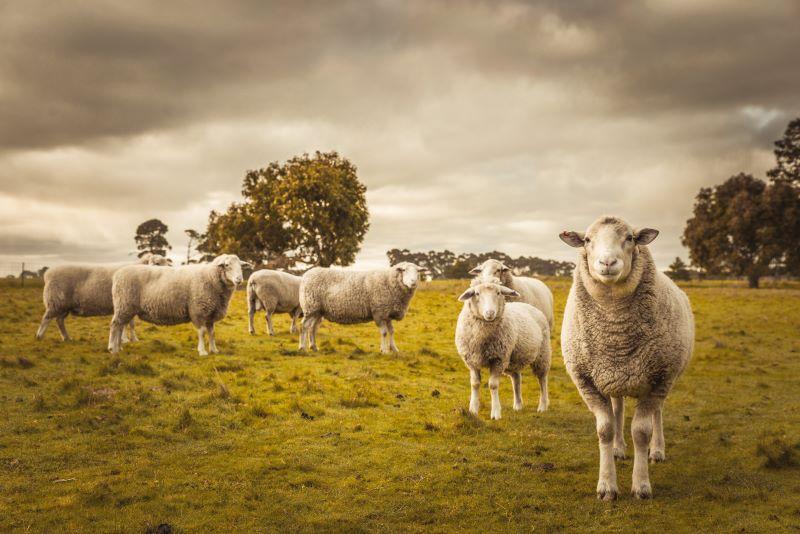
“This demonstrates that the current trade lamb market is still in positive territory compared to long-term averages, even though a significant lack of supply is available in the current market,” it points out.
“As we move past the consecutive short weeks and predicted above-average rainfall for many regions incentivising re-stockers, prices, yardings and demand for trade lambs could shift as the year goes on.”
Click on the highlighted link for MLA’s more comprehensive analysis of the outlook for the sheep and lamb market; and the highlighted link for ABARES’ latest forecast for the sheep and lamb market.







